 I love the New York Times. I’ve been buying and reading the Times for most of my life, and consider it the best newspaper in the world. And, now that I’m spending more time in New York, I want to subscribe, to at least the digital edition. But trying to do that is a freaking ordeal.
I love the New York Times. I’ve been buying and reading the Times for most of my life, and consider it the best newspaper in the world. And, now that I’m spending more time in New York, I want to subscribe, to at least the digital edition. But trying to do that is a freaking ordeal.
First, when I go to http://ww.nytimes.com/access, I see this*:

Note that this is only for “the first four weeks.” After that it’s what? It doesn’t say. While I’m sure the Times has analytics galore to rationalize hiding the full costs of subscriptions longer than four weeks (which the Times of course wants), it amounts to bait-and-switch.
But I want to subscribe, so I click on “continue.”
Up comes a pop-over form that wants me to re-enter my password or log out. My password guess fails, but I don’t want to log out, or go through the “don’t know your password” routine. So let’s count the frictions here:
- Popover. Hate them.
- Requiring logins and passwords. It’s 2012. This “system” was a kluge in 1995. That it’s still with us is one of the great fails of e-commerce. That it started modeling loyalty cards that same year is one of the great fails of retailing.
- Retrieving a forgotten password through email and re-logging only compounds the same fail.
- Logging out feels like pulling the lever on a trap door. I’m part-way there and don’t want to give up, says the brain, right before it says, Fuggit, I give up.
But I don’t give up, because I really want a damn subscription. So I log out, and find myself at https://myaccount.nytimes.com/gst/signout, where it says,
You are now logged out of NYTimes.com. Thanks for visiting.
Then adds,
And, over on in a column on the right, all this:
My Account Common Tasks
Contact Us
So where’s what it costs after four weeks? I have no idea. So I click on “Register a new account,” and see it’s a come-on to sign up for newsletters and stuff. I already get some of those. This tells me I need to go recover the password, unless I want to have two accounts rather than one. So I try logging in again.
This time I go through several tries using a variety of old passwords, and find one that works. Now I’m at http://www.nytimes.com/. At the top of the page, where it says Digital / Home Delivery, I click on the first link and find myself at the same page I show at the top.
This time when I click on “continue,” an ORDER SUMMARY page comes up. Here’s a screen shot of the parts that matter:
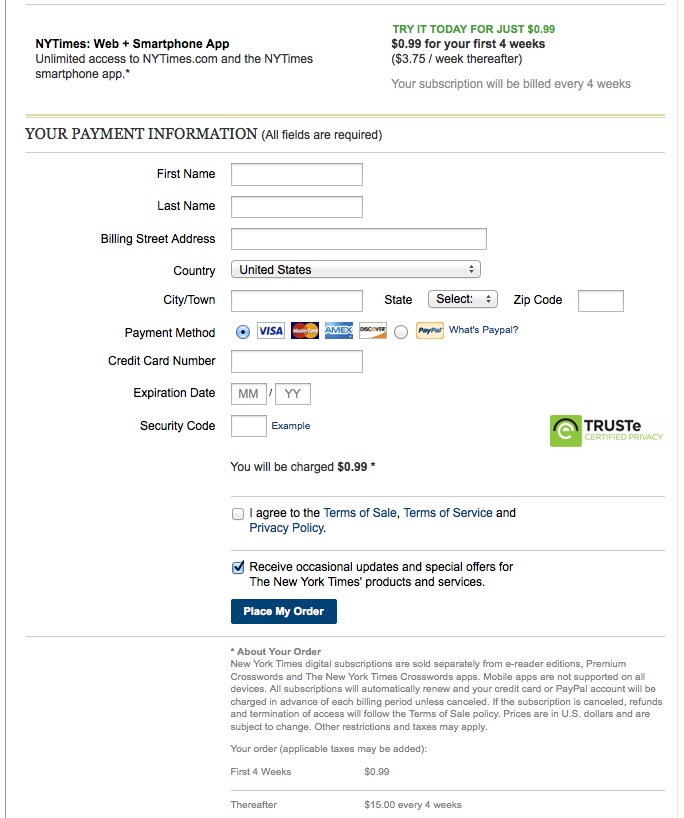
Note how the full costs — $15 every four weeks — are mumbled. According to Google’s calculator, the cost comes to 53.571428571¢ per day. I think that’s worth it, but I also think the system is worse than broken, and don’t wish to reward it.
But I don’t want just to complain. (Which I’ve done before anyway, to no effect.) I want to build a better system: one that works for both subcribers and publishers. This can only be done by developers and users working together, for all subscribers and all publishers. One thing should be clear, after seventeen years of failure here: the publishers can’t fix it from their side alone. The demand side needs to build the table at which every subscriber and publisher can sit. A zillion different tables for a zillion different publishers is exactly the kind of mess that the Internet and the Web are ideally positioned to solve. So let’s finish the job.
Subscribers know that information is free, but value wants to be paid for. The New York Times has enormous value. For people who value the content of its character and just its curb weight on streets and tablets, four bits a day is cheap. The Times doesn’t need to conceal that cost.
But as long as the Times and other papers remain stuck in the commercial Web’s antique calf-cow system — in which subscribers come as calves to the publishers’ cows for the milk of “content” and cookies they don’t want — everybody will be stuck in the wrong species and the market won’t evolve past the cattle industry stage.
So, at #IIW today, I will propose a #VRM session titled Fixing subscriptions from the customer’s side. Suggestions welcome. But they have to be VRM suggestions — ones that give us both independence and better means of engagement, for all publishers, and not each separately. Think of how today’s email system (SMTP, IMAP, POP3 and other protocols) fixed the problem of different proprietary email systems from MCI, Compuserve, Prodigy and for every company that could afford to mount its own internal systems. We need that kind of thing now for subscriptions. Asking for better behavior on the publishers’ side won’t work. Making better cows won’t work. We need something that makes us all peers, as email, the Web, and the Internet do. Let’s build that.
Bonus Link, two weeks later, from Dave Winer.
* [Later… When I first wrote this, I missed the “Regular Rate” column above, with the lines through the prices. This was clearly an oversight on my part, for which I was offered corrections aplenty in the comments below. Still, looking for what was also in plain sight sent me on the rest of this journey, which is why I am leaving it intact. I would also direct the reader (and the Times, if they’re reading this) to what Scott Adams says about confusopolies, of which the newspaper subscription business is one example. Thanks to the confusopolistic nature of that business, there is no reason to believe that the “regular” prices listed are the only long-term ones, or that the 99¢ prices are the only discounted ones. This too makes the rest of the journey I took — and this post as well — worthwhile… I hope.]

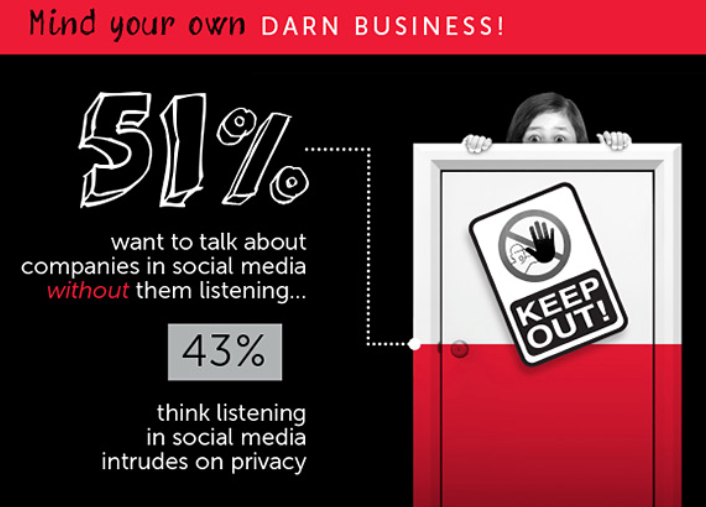
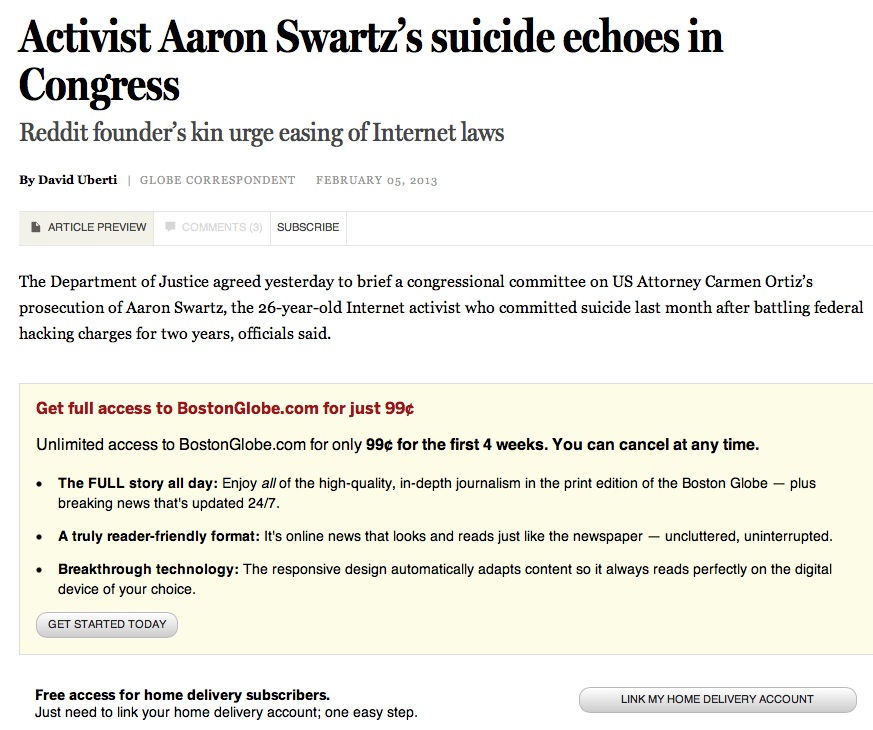
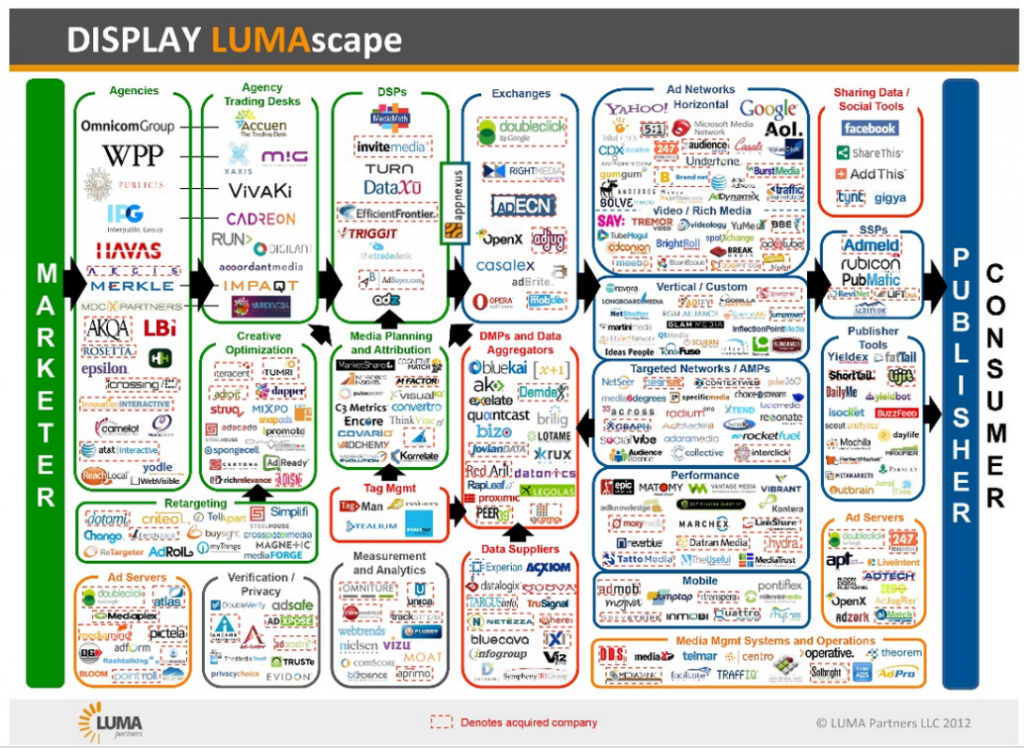

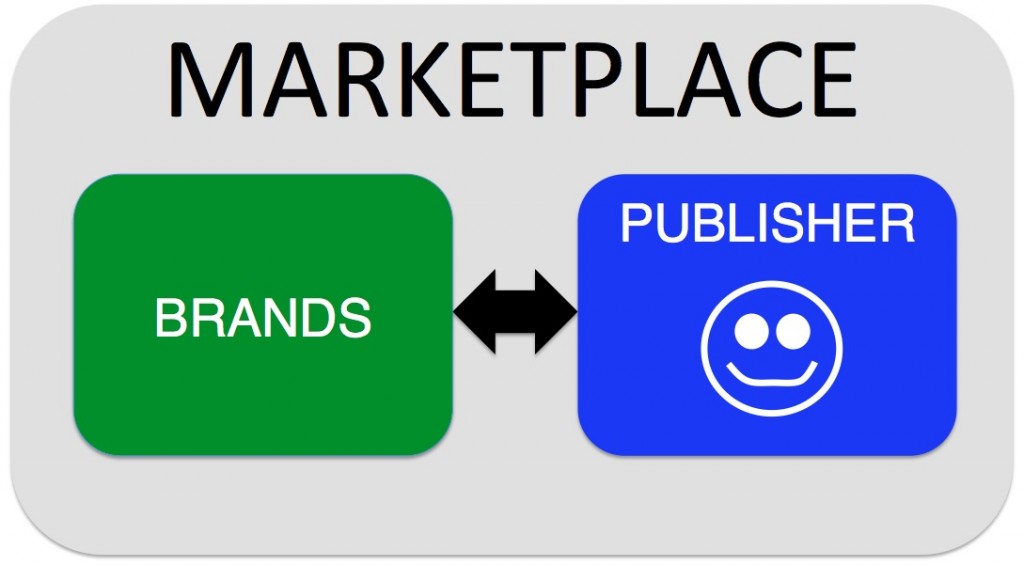

 The Volt uses
The Volt uses 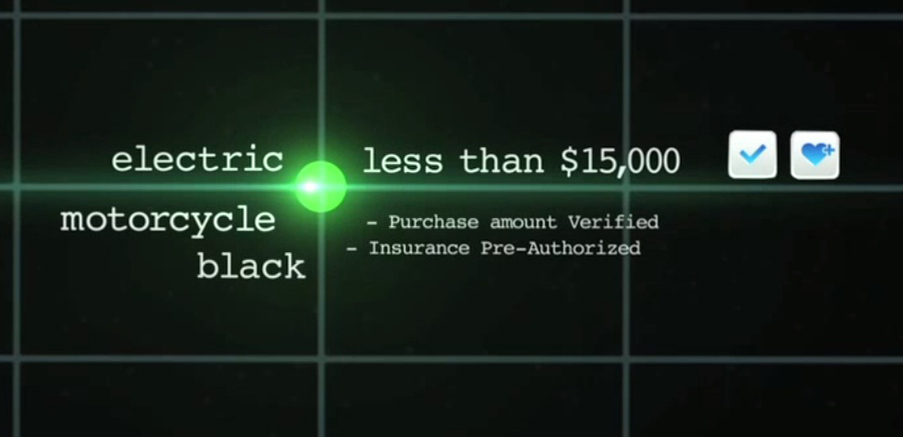
 I love
I love 
